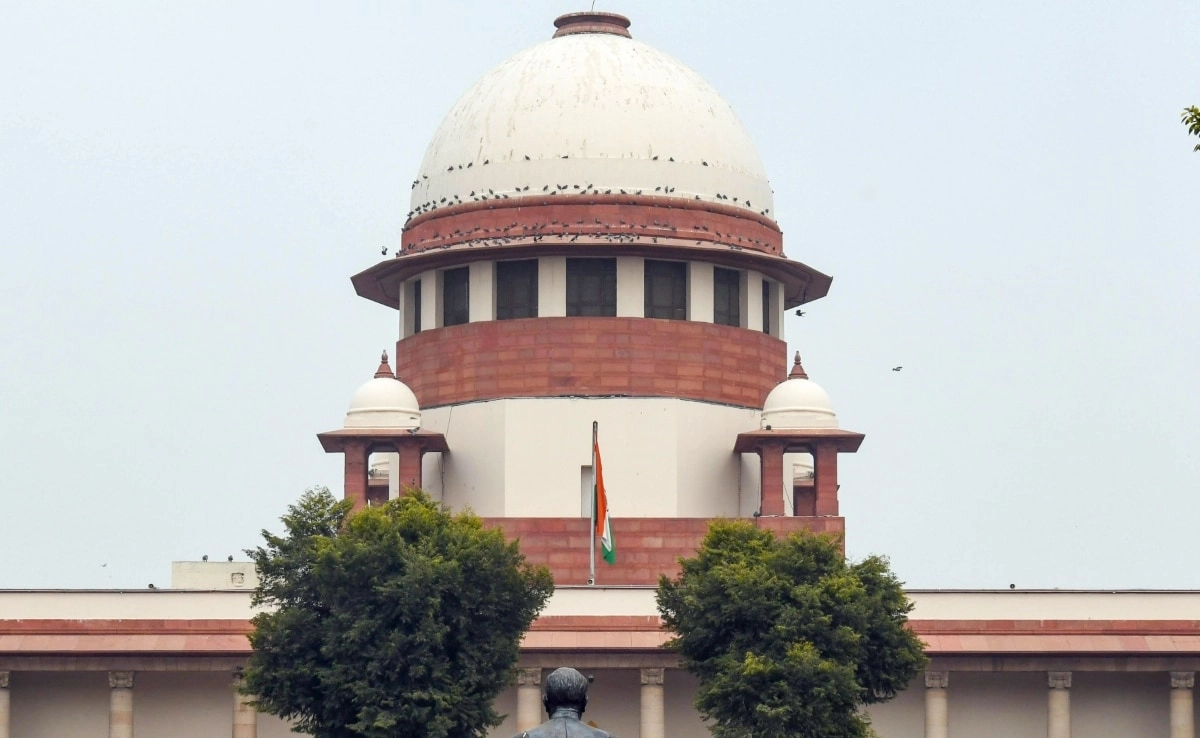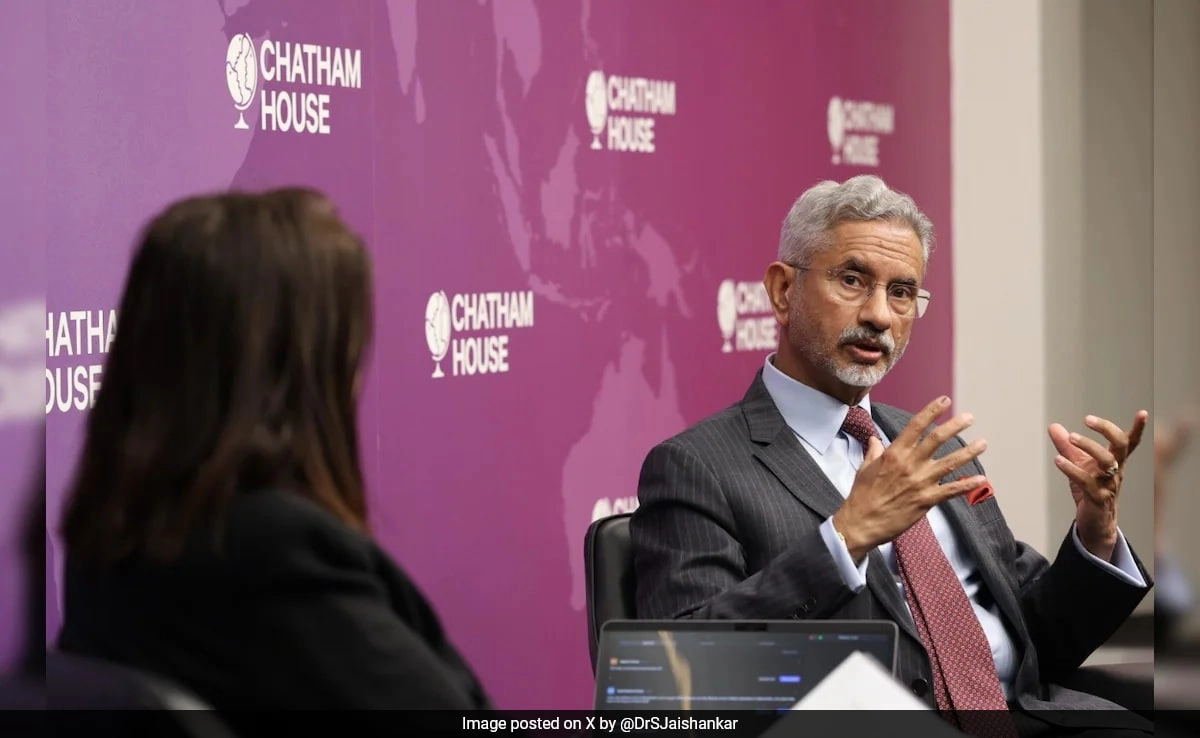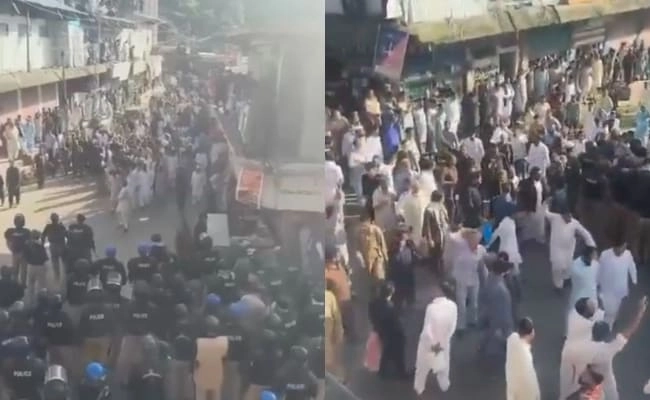In a recent ruling, the Supreme Court expressed strong disapproval of the actions taken by an Andhra Pradesh official, emphasizing the excessive force employed in a situation that could have been handled more judiciously. The court’s remarks highlighted the fact that it took an overwhelming deployment of 80 police officers to enforce an order that, in the eyes of the judiciary, should not have required such a heavy-handed approach. This incident has raised significant concerns about the misuse of authority and the implications of over-policing in civil matters.
The Supreme Court’s condemnation serves as a reminder of the balance that must be maintained between law enforcement and civil liberties. The situation in Andhra Pradesh has sparked widespread debate about the appropriate use of police force in enforcing government orders, particularly in scenarios where the public’s rights and freedoms may be at stake. Critics argue that the involvement of such a large police contingent indicates a troubling trend towards authoritarianism, where state power is exerted in ways that can intimidate citizens rather than serve to uphold their rights.
The judiciary’s intervention underscores the importance of accountability within government institutions and the necessity for officials to exercise their powers with restraint. By calling attention to this incident, the Supreme Court is not only addressing the specific case at hand but also sending a broader message about the need for responsible governance. It emphasizes that the rule of law must prevail and that officials should be held to a standard that prioritizes the rights of individuals over the sheer might of law enforcement.
As this situation unfolds, it raises critical questions about the role of police in civil administration and the responsibilities of state officials in ensuring that their actions do not infringe upon the rights of citizens. The Supreme Court’s strong stance may encourage a re-evaluation of practices within law enforcement agencies, prompting discussions about training, protocols, and the need for alternative approaches in managing public order without resorting to excessive force. This incident could potentially serve as a catalyst for reform, urging officials to seek collaborative and less confrontational methods to address disputes and enforce orders in a manner that respects the rights and dignity of all individuals involved.




